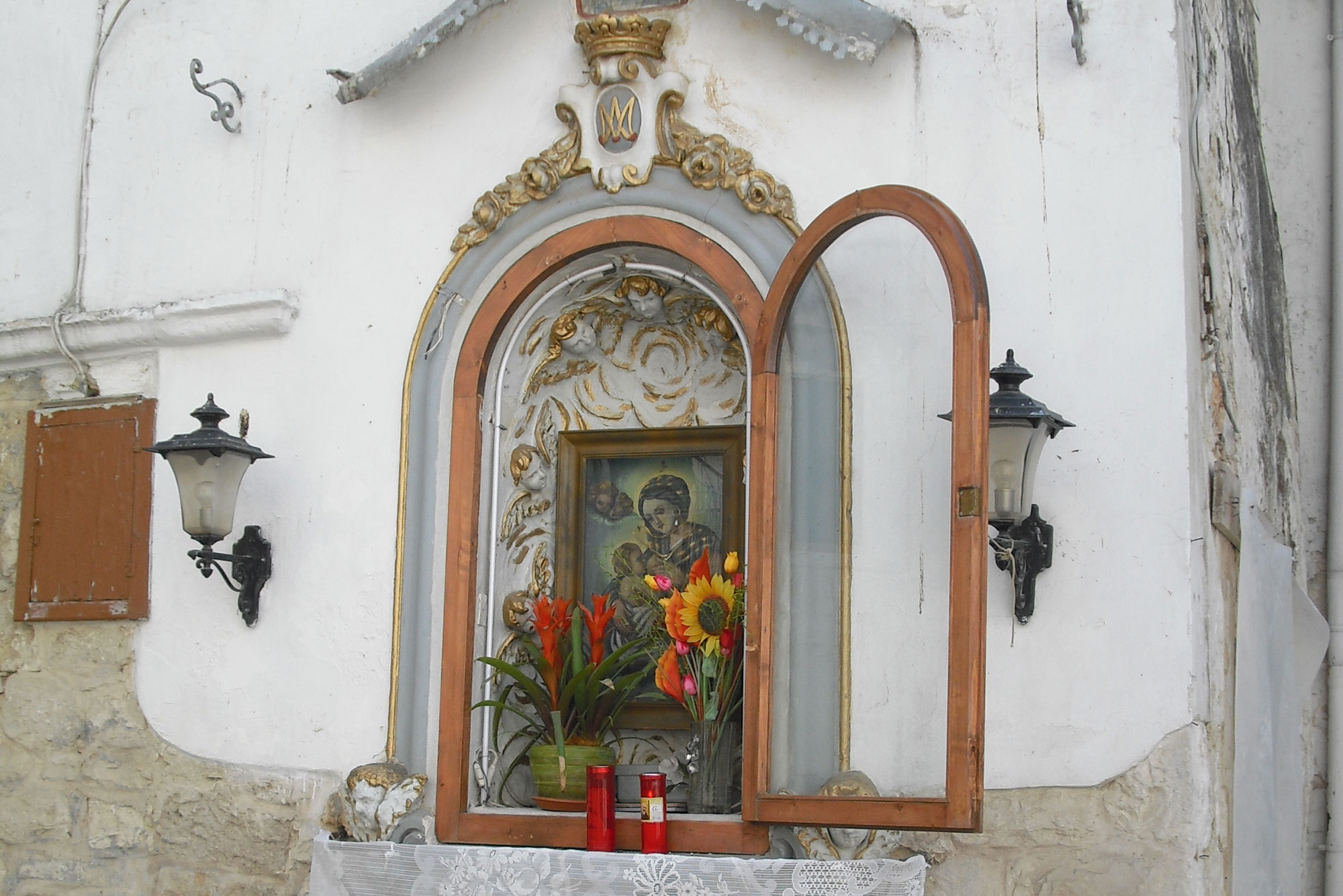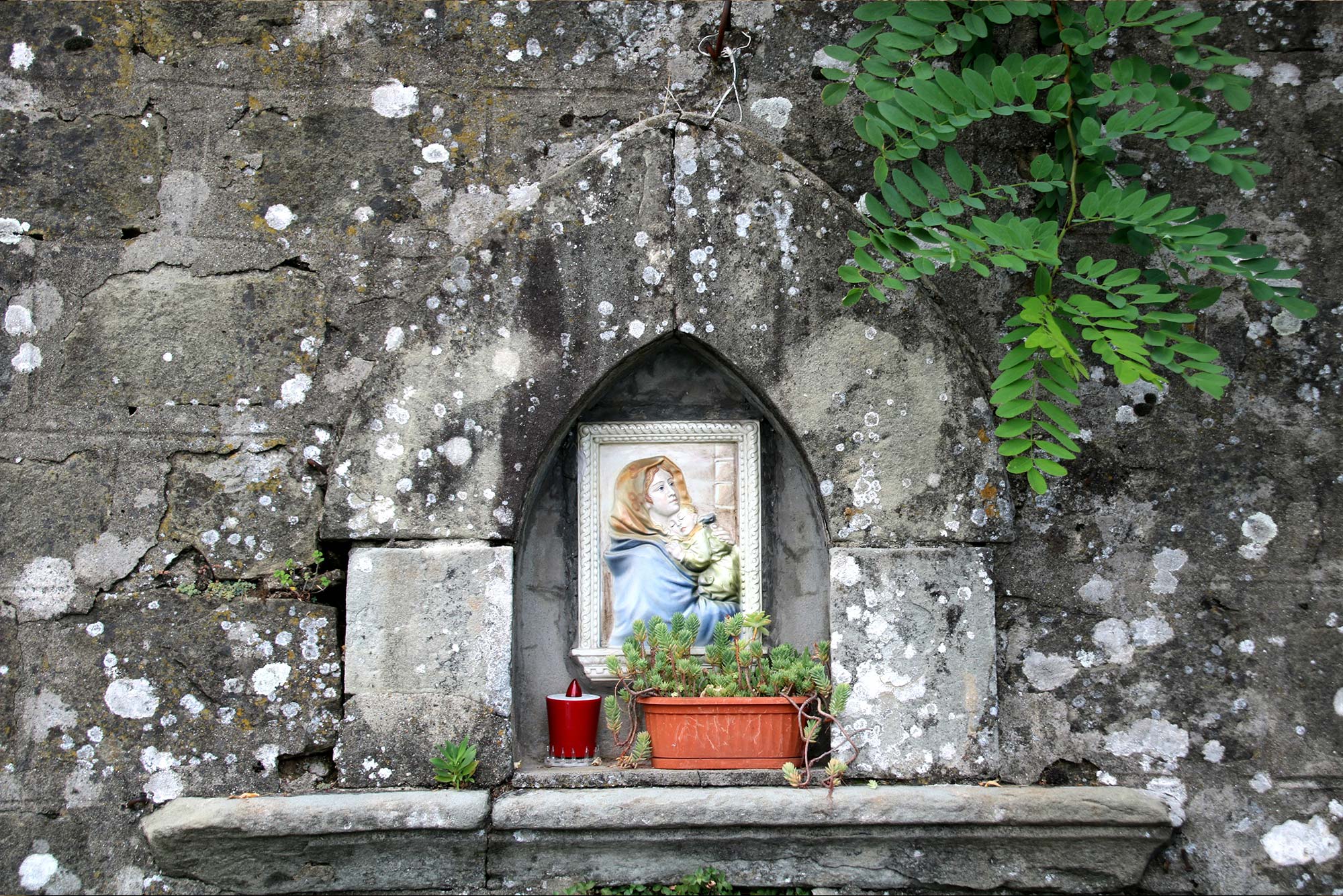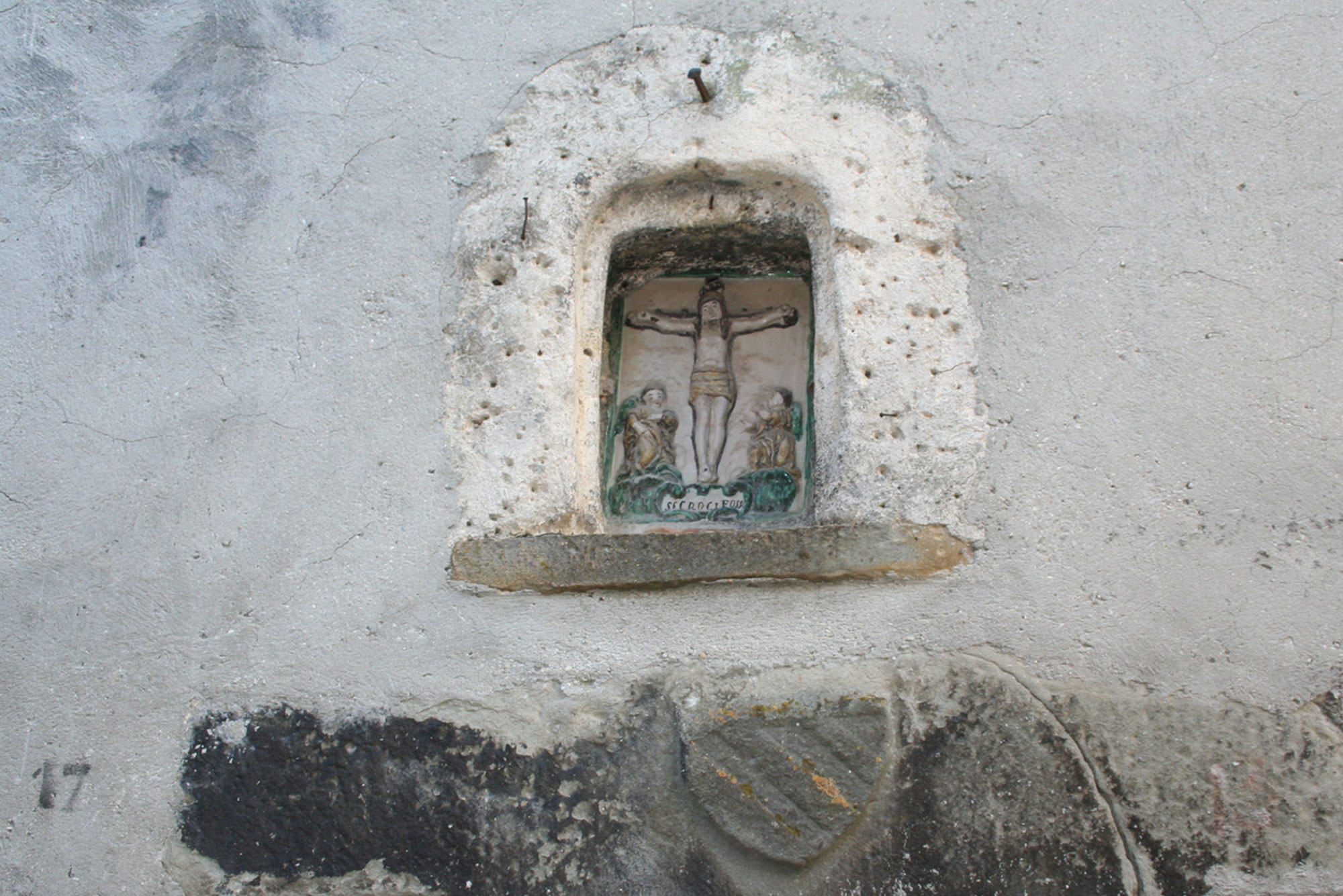Votive shrines in Puglia

Since ancient times, man has wanted to establish a link with the land that he considers “his” by interpreting unusual events as supernatural signs: the will of God consecrating the bond. And so they arose, crossroads and places in which there were miraculous events or events which were difficult to reconcile with a rational explanation. They began to be considered sacred and distinguished from the modest chapels in which statues were placed. The coming of Christianity saw an introduction of new objects of devotion being placed inside these shrines, like statues of saints, of Mary, mother of Jesus, and of Christ. In line with their origins, the name “edicole” (shrines) derives from the Latin word “aedicula’, which means a small temple, tabernacle, a small sanctuary and, most probably, the shrines already existed in ancient Egypt and Greece. They were repudiated by the first Christians and slowly came back into accepted practice during the Medieval Age.
The votive shrines were commissioned by the owner of a household, or by a group of inhabitants from the same neighbourhood, as a sign of thanks to the saints for a safe escape from some dangerous event or for averting earthquakes or floods, or to demonstrate gratitude. Occasionally, a shrine was raised to remember a dear one who had passed away or in order to receive protection.

They also had the function of guiding wayfarers at crucial points in their travel, indicating crossings and stopping points along the way. Even today, you can see innumerable sacred images and sacred objects that represent the externalisation of popular art and the expression of a religiosity rooted and widespread, and that continues today. Between the end of the 19th century and the Second World War, it became popular to dig niches on the walls or altars with statues or simple paintings. Often the diggers would place various objects inside the niches, such as sacred representations, rosaries, flowers and candles. With the passage of time, the practice became even more frequent and shrines began to be erected to fulfil a promise. In the past, the shrines were true and proper monuments with great symbolic value, which the people would care for and adorn with fresh flowers and new votive objects. Today, the shrines are losing their true significance an often they show signs of negligence and deterioration.
Notwithstanding their decline, the shrines remain as a witness to an antique and authentic faith, of a past that has left a fascinating and indelible mark on Puglia. Puglia is full of them: in the cities and the countryside, you will frequently encounter the most diverse expressions of devotions to the Saints and to the Madonna. Even today, it is possible to meet people that, passing in front of a shrine, will make the sign of the cross or hosts of elderly ladies intent on reciting the rosary in front of these small temples. Only in the ancient city of Bari, where the votive shrines number more than 240, and in many other centres north of Bari, is it possible to see the most ancient shrines, clear symbols of a popular and enduringly strong religious sentiment.
